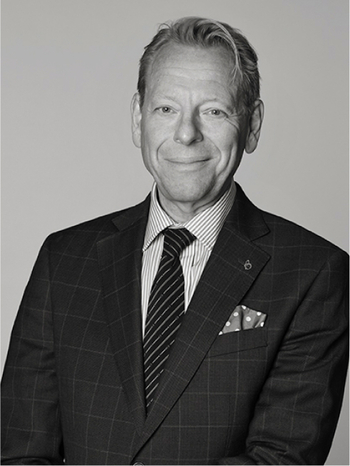Fabergé, Leaf, nephrite, from the company Bra Nobel´s wreath on Alexander III´s grave 1894.
naturalistically carved from green Siberian nephrite, in a fitted black leather case, on the lid marked:
Листокъ отъ вѢнка воэложеннаго Товариществомъ
на гробъ АЛЕКСАНДРА III. Length 6,6 cm, the case 10 x 6 cm.
Alkuperä - Provenienssi
Gustaf (Gösta) Nobel (1886-1955)
Thence by decent
Kirjallisuus
Marta Nobel-Oleinikoff: Ludvig Nobel och hans verk : en släkts och en storindustris historia, Stockholm 1952, illustrated opposite page 352.
Muut tiedot
Photos from Emperor Alexander III's funeral show the variety of wreaths laid at his coffin. There were over 700 and they were hung on pillars around the coffin in Peter Paul Cathedral. The company Bröderna [Bra] Nobel's wreath is included in the list from 1910 of all who courted at the burial. It says that it was made of "jade" which is what they called the Siberian nephrite.
The wreath is today missing, but not necessarily destroyed. During the Communist era, objects of this kind were distributed to various small museums around the Soviet Union, where it can lie waiting to be rediscovered.
An idea of what the wreath might have looked like can be obtained from the wreath that the Russian tsar family sent to King Oskar II's funeral and which still hangs in the Bernadotte burial choir in Riddarholm Church. Unlike Nobel's wreath, which was apparently made up of individual leaves, this one consists of two crossed twigs. A twig with oak and one with bay leaves, each carved from a piece of Siberian nephrite. The wreath is described by Fabergé's chief designer, Franz Birbaum, as among the finest stone carvings made by Carl Fabergé.
Bukowskis would like to thank Dr. Marina Olegovna Logunova, head of research at the State Museum of Saint Petersburg History and Dr. Ulla Tillander-Godenhielm for help with information



















































